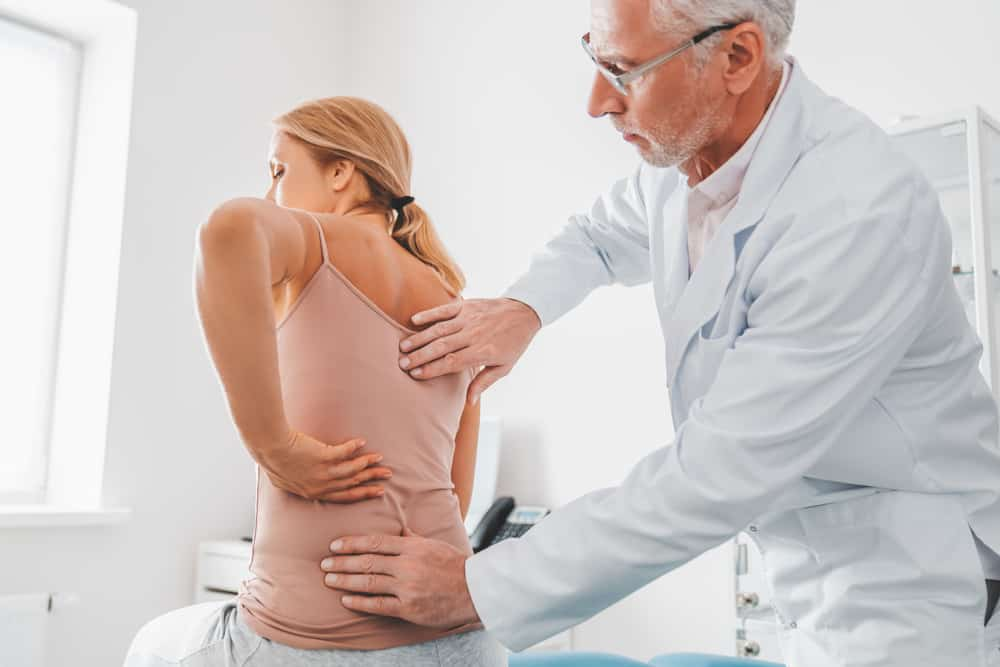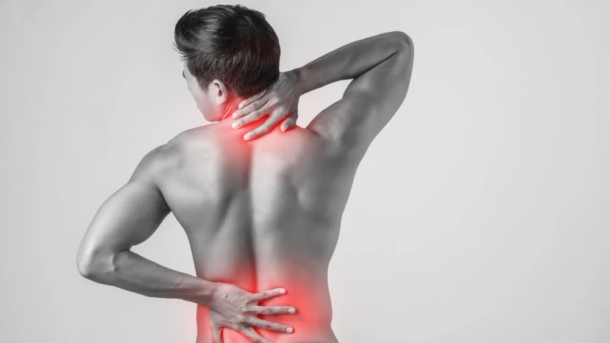Back pain is one of the most common health issues in modern society. Statistics show that approximately 84% of adults worldwide experience severe back pain at least once in their lives, with lumbar problems causing more work absences than any issue except the common cold. Back pain not only affects quality of life but can also lead to long-term functional impairment.

I. Types of Back Pain and Common Causes
1. Acute Back Pain (duration < 6 weeks)
- Muscle strain (accounts for over 60%): Caused by poor posture, sudden twisting, or lifting heavy objects.
- Herniated disc: Prolonged sitting or trauma leads to nucleus pulposus compressing nerves, often with radiating pain in the lower limbs.
- Facet joint dysfunction: Misalignment of spinal facet joints, causing severe pain during movement.
2. Chronic Back Pain (duration > 3 months)
- Degenerative changes: Disc wear, osteoarthritis (common in people over 45).
- Scoliosis: Structural changes due to long-term postural imbalance.
- Psychological factors: Anxiety/depression can lower pain tolerance.
Warning signs (seek immediate medical attention):
- Incontinence (indicating cauda equina syndrome)
- Painful awakening at night or sudden weight loss (indicating tumor/infection)
II. 5 Scientific Methods to Relieve Back Pain
1. Acute Phase Management (24–72 hours)
- Ice therapy: Apply ice for 15 minutes every 2 hours (reduces inflammation).
- Short-term rest: Stay in bed for ≤48 hours (prolonged bed rest delays recovery).
- Medications:
- Non-steroidal anti-inflammatories (e.g., ibuprofen).
- Muscle relaxants (only for severe spasms).
2. Exercise Rehabilitation (Critical!)
| Pain Type | Recommended Exercises | Contraindications |
|---|---|---|
| Herniated disc | McKenzie extensions (push-up position) | Avoid bending to lift heavy objects |
| Muscle strain | Cat-cow stretch + glute bridges | No sudden twisting |
| Facet joint lock | Suspension traction + rotational mobilization | Avoid popping-style manipulation |
3. Physical Therapy
- Ultrasound: Promotes deep tissue repair.
- Interferential current therapy: Blocks pain signal transmission.
- Acupuncture: Stimulates endorphin release.
4. Lifestyle Adjustments
- Sitting posture: Use a lumbar cushion, keep hips and knees at 90°.
- Sleep: Place a pillow between legs when side-sleeping (reduces disc pressure).
- Backpacks: Keep weight < 10% of body weight, use both shoulder straps.
5. Psychological Intervention
Cognitive-behavioral therapy (CBT) can reduce chronic pain recurrence by 30%.
III. Golden Rules for Preventing Back Pain
Strengthen Core Muscles:
- Do Dead Bug exercises daily: 3 sets × 15 reps.
- Swim twice a week (especially breaststroke).
Proper Lifting Technique:
Squat → keep back straight → lift with leg strength (see diagram).
Office Worker Micro-Exercises:
Do “Wall Angels” every 30 minutes.
Nutritional Support:
- Vitamin D3 (aids calcium absorption).
- Magnesium (relieves muscle tension).
IV. Common misconceptions and the truth
- “Back pain requires rest”: Staying in bed for more than two days can accelerate muscle atrophy.
- “The more painful the massage, the more effective it is”: Violent massage can aggravate inflammation.
- Truth: 80% of acute back pain can heal on its own within six weeks, but scientific intervention can prevent it from becoming chronic.
V. When Is Surgery Needed?
Only 5% of patients require surgery, with indications including:
- Conservative treatment ineffective after 3 months.
- Progressive muscle weakness (e.g., foot drop).
- Severe spinal stenosis (intermittent claudication < 100 meters).
Minimally invasive techniques:
- Transforaminal endoscopy (incision < 8mm).
- Artificial disc replacement (preserves spinal mobility).
VI. Future Trends: Personalized Rehabilitation
- AI posture analysis: Phone apps provide real-time posture alerts.
- Biofeedback therapy: Trains deep muscles via electromyography.
- Stem cell therapy: Clinical trials for disc repair underway.
Conclusion
Back pain is not an inevitable result of aging but a manageable functional issue. Remember the key principles: “Move more, rest less; strengthen your core; relieve it scientifically.” Start with a simple glute bridge today—your spine will thank you!

